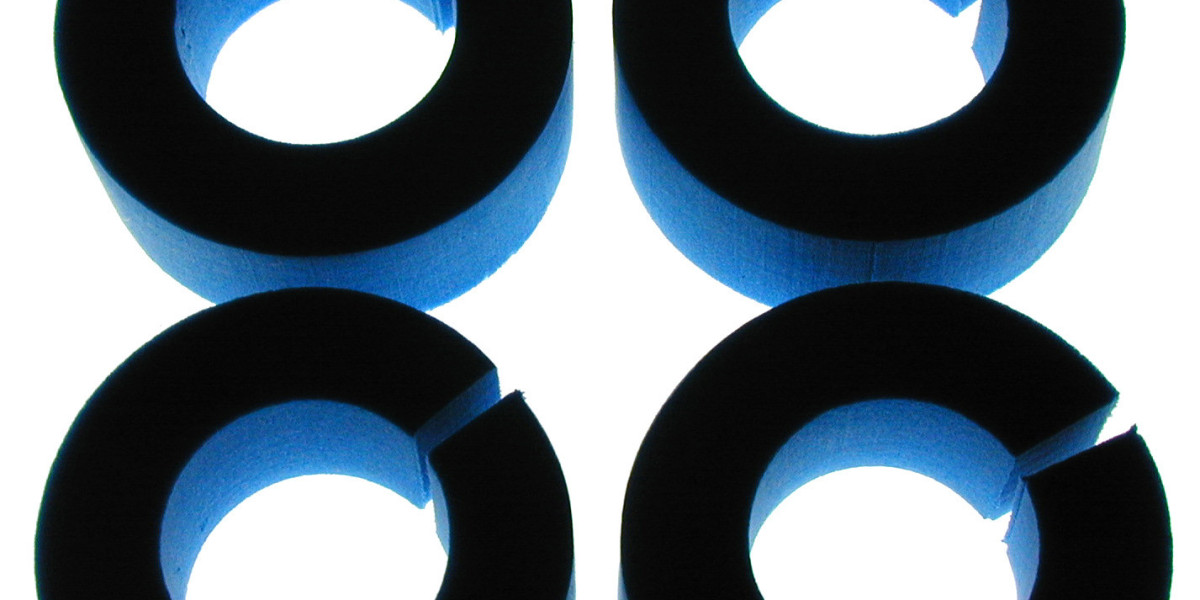In workshops where lightweight structures and refined finishes matter, choosing the right filler makes a measurable difference, and Aluminum Welding Wire ER4943 often comes up in conversations about joining aluminum that must resist cracking while keeping a neat appearance. As design teams push for lighter parts in electric transport and infrastructure projects, understanding how two common fillers behave helps fabricators pick a wire that matches service and finish goals.
At a glance the two wires compared here show different strengths. One tends to flow smoothly into narrow seams and to yield a bead that blends with surface treatments. The other tends to produce weld metal with higher strength and resistance to certain field stresses. Those contrasts affect decisions when parts will be exposed to coastal air when panels are intended to be visible after coating and when repairs must be feasible in the field. Welding teams often balance appearance and mechanical performance rather than choosing purely on price.
Weld pool behavior is a practical point of difference. A filler that shows good fluidity helps operators make neat passes with less grinding afterward. That trait shortens finishing steps and helps preserve thin gauges from excess removal of parent material. Fabricators working on visible components value that because it reduces labor and preserves part geometry. On larger structural pieces where load carrying matters more than how the bead looks, a filler that produces stronger weld metal is usually preferred.
Crack resistance under thermal cycling and vibration is another consideration. Some fillers form weld metal that is less likely to develop fissures during cooling or under repeated loads. When assemblies operate in coastal or mobile environments that experience temperature swings and mechanical vibration, choosing a wire that reduces residual stress and that forms a cautious microstructure helps lower the need for repairs. That durability reduces lifecycle handling and helps maintenance teams keep assets in service longer.
Corrosion behavior also plays into selection. For parts that see salt air or aggressive atmospheres the filler contribution to joint chemistry influences how the weld zone ages compared to adjacent parent metal. When specification and post weld treatment are coordinated so that the filler and the coating plan work together, assemblies tend to hold appearance and structural intent with fewer touch ups. Procurement and engineering increasingly weigh these lifecycle aspects as part of their material selection process.
Welding procedure and operator technique connect the material choice to outcome. Controlling heat input and keeping a consistent travel technique help avoid excessive dilution and keep the weld bead within expected shape. For teams that mix manual and robotic cells, documenting workable parameter ranges and repeating short trial runs on representative panels helps establish a reliable process that translates from a prototype to routine production.
Practical shop validation pays off. Run a short series of welds on sample panels that mirror the final part geometry and the planned surface finish. Inspect bead profile and check for indications of cracking after a controlled cooldown. Try simple mechanical checks if possible and evaluate how much finishing the bead needs to meet visual targets. These trials reveal which filler reduces rework and which one delivers the mechanical behavior engineers expect in service.
Supply and qualification issues matter in a period when procurement is watching lead times and resilience. Suppliers who provide sample reels clear packaging and handling notes make it easier to validate a new wire without risking production stops. When sourcing choices include a partner that documents lot traceability and that will supply a small quantity for testing, teams shorten the path from trial to production and reduce the chance of surprises when volumes increase.
Repairability is a quieter but important advantage. A filler that supports straightforward field repairs helps maintenance crews restore parts with lower downtime. When assemblies are designed with repair friendly access and when filler choice matches common repair techniques, fleets and infrastructure operators can limit time offline and reduce spare part inventories.
Sustainability conversations are reshaping procurement too. Reducing rework and extending intervals between repairs cuts material throughput and energy in fabrication. Selecting a filler that reduces the need for abrasive finishing or part replacement aligns with broader goals to lower waste. Buyers who include handling guidance packaging and lifecycle notes in supplier discussions gain a fuller picture of effective cost.
For teams deciding between the two wires the step by step approach is clear. Shortlist candidates based on expected service conditions run representative trials under shop conditions document parameter settings and evaluate finishing workload and joint behavior. Talk with your supplier about sample availability handling advice and packaging so that qualification is fast and predictable. When selection is informed by both weld appearance and expected service stresses, fabricators can align cost brackets with long term maintenance and finish needs. For a closer look at available aluminum filler options packaging and technical notes visit the supplier resource pages at www.kunliwelding.com .





